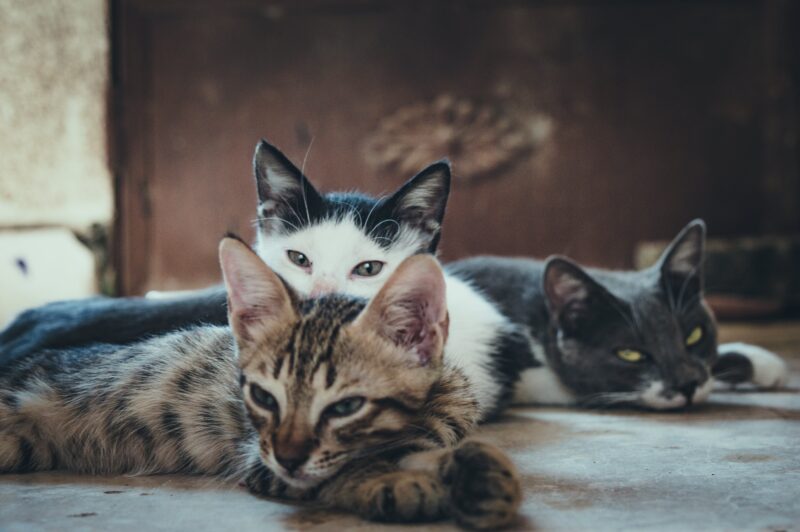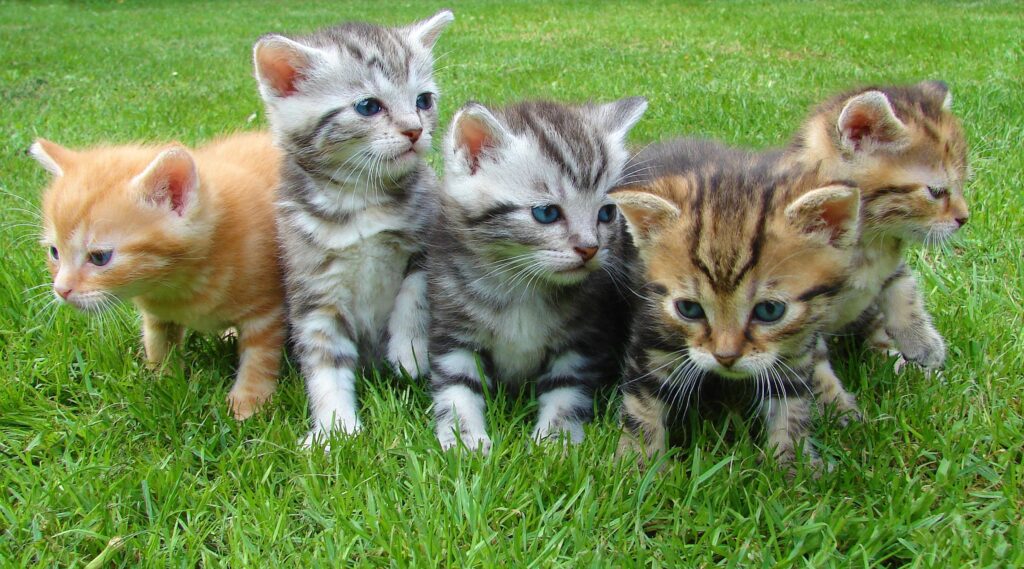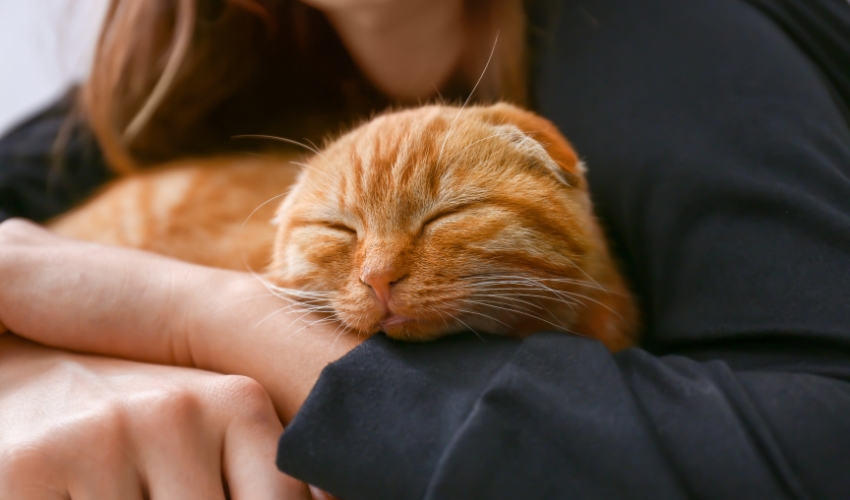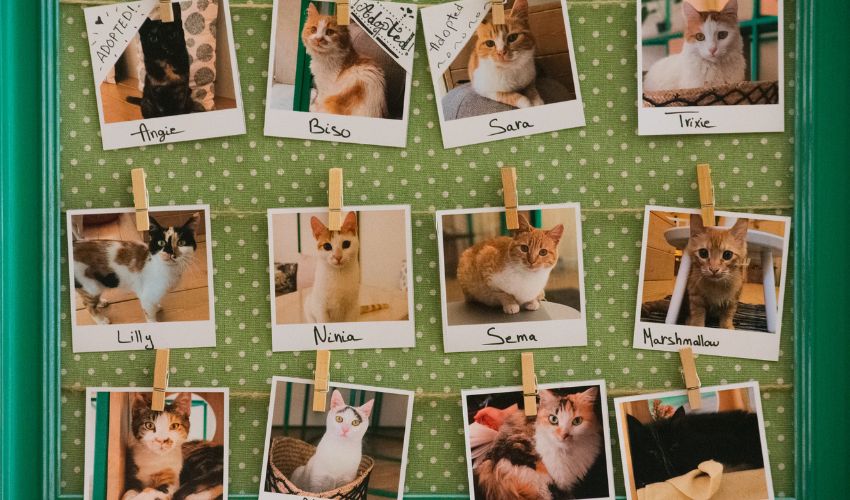Have you ever found yourself idly gazing at your cat, wondering if their vibrant coat color has some bearing on their unique personality? This intriguing question has sparked curiosity in the minds of cat lovers and research hers worldwide, leading to multiple studies and discussions. It’s a fascinating concept to explore, considering how diverse and distinct cat personalities can be.
A closer look at the color-personality theory:
The sunny disposition of orange cats – popular culture often portrays orange or ginger cats as remarkably friendly, outgoing, and affectionate. These fiery felines are frequently characterized by their love for people and their playful, entertaining antics. Many people who share their homes with these brightly colored cats will attest to their seemingly inherent sociability. However, it’s important to note that these are generalized observations. While many ginger cats might fit this description, there are certainly those who march to the beat of their own drum.
The mystique of black cats – black cats have a long history of being associated with mystery, magic, and independence. They often find themselves at the center of various superstitions and folklore, which has shaped people’s perception of them over time. However, if you ask someone who owns a black cat, they might paint a different picture for you. Many black cat owners argue that their dark-furred friends are as loving, playful, and affectionate as cats of any other color. This disconnect between perception and reality suggests that societal beliefs and stereotypes often overshadow these cats’ true nature.
The graceful aloofness of white cats – while cats, with their pristine, snow-like fur, are often thought as serene, somewhat aloof, and even a bit haughty – this perception might be more a product of human superstition and cultural stereotypes than an accurate reflection of cat behavior. Talk to white cat owners, and you’ll likely hear stories about their pets’ playful antics and affectionate natures.
The balanced nature of gray cats – Gray cats often strike a balance between the fiery energy of orange cats and the serene aloofness of white cats. They possess a calm and composed demeanor, often coupled with a playful and curious side. Gray cats are known to be intelligent and keen observers of their environment, often making them excellent companions. However, like any other color, gray cats are individuals, and their personality can vary greatly from one cat to another.

The science behind coat colors and personalities:
The theory linking a cat’s coat color to their personality stems from the observation that specific coat colors are associated with certain genetic markers. However, the scientific community largely agrees that while there may be broad trends, individual personality differences among cats are likely more significant. Each cat is a unique blend of their genetic makeup, their environment, their upbringing, and their individual experiences. All these factors collectively contribute to shaping a cat’s personality.
The exploration of a possible correlation between a cat’s color and their personality is an enthralling journey. However, it’s crucial to remember that each cat is a unique individual. A multitude of factors shapes their personality, and their color is just one small part of this complex puzzle. So, the next time you find yourself making assumptions about a cat based on their color, remember there’s more to your feline friend that meets the eye – their personality is a rich tapestry woven from a multitude of threads, each as unique as the cat itself.
Color: More than meets the eye
A research conducted by Mónica Teresa González-Ramírez and René Landero-Hernández in Mexico about cat coat color and its connection to the cat’s personality traits which was published last year suggests that a cat’s fur color may influence its behavior. For instance, orange cats ranked highest for being calm, amiable, and trainable, while gray cats were highest for being shy, aloof, and intolerant. Bicolor cats are patient, tricolor cats are stubborn, and tabbies are the most outgoing breeds (Gonzales-Ramirez & Landero-hernandez, 2022). However, the scientific backing for these observations is still under debate, and many argue that color’s influence on behavior may be more anecdotal than factual.
While both breed and color can seemingly influence a cat’s behavior, it’s important to remember that these are not the only factors. Just like humans, each cat is an individual with a unique personality. Their experiences, upbringing, and environment also play a crucial role in shaping their behavior.
Apart from the scientific aspects, the cultural perceptions surrounding cat coat colors also play a significant role in shaping our understanding of feline personalities. Different cultures and societies may have their own beliefs and associations with specific colors, which can influence how people perceive and interact with cats of those colors. For example, in some cultures, black cats are considered symbols of bad luck, while in others, they are seen as bringers of good fortune. These cultural perceptions can affect people’s expectations and interpretations of a cat’s behavior based on their coat color. Exploring the interplay between cultural influences and cat coat colors adds another layer of complexity to the fascinating topic of cat personality and color.
Conclusion:
In a cat’s world, both breed and color may contribute to their unique personalities. However, it’s their individual experiences and environments that truly make them who they are. These experiences can range from the interactions they have with other animals, the toys they play with, the people they interact with, and the places they explore. All of these factors shape a cat’s unique traits and quirks, adding to their charm and individuality. So, whether you have a chatty orange cat who loves to engage in conversation or a feisty gray one who always keeps you on your toes, remember to cherish their distinct characteristics. Embrace the purrfect uniqueness of your feline companion and appreciate the joy they bring to your life – that is why let’s paws for a moment and appreciate cats.












